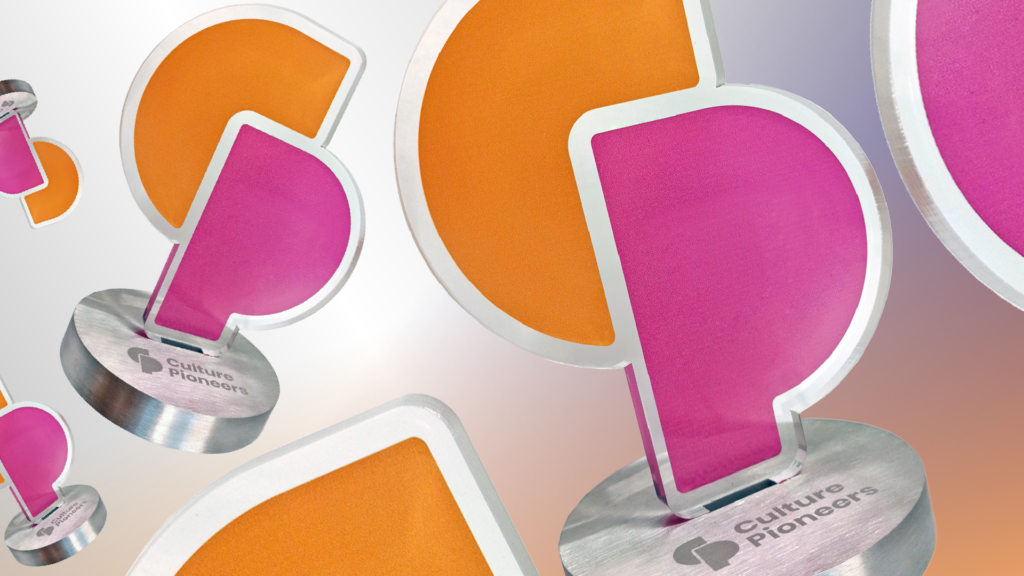We are currently reviewing the way we evaluate and record on-the-job training. Does anyone have any innovative, creative or just plain brilliant ways of doing this?
We are currently reviewing the way we evaluate and record on-the-job training. Does anyone have any innovative, creative or just plain brilliant ways of doing this?







8 Responses
Competency Wheel
Depending on the level of staff involved I would use a Competency Wheel.
Very visual way of recording an assessment and can be completed by both learner and assessor so great for discussion purposes.
If you e mail me I will send you the one we use here…
Regards
Steve
I have a million word, 23 year hand written learning log if that
I am not sure just what you mean by on the job training, but I have kept a record of my personal learning journey since February 1987.
Over 1300 same format learning log entries totalling well over a million words later my four lever arch files are bulging a little.
If this is of interest have a look at the CPD/lifelong learning section of my website http://www.andrewgibbons.co.uk for free downloads including ’60 tips for learning loggers’.
If this helps do get in touch and I will happy to assist further.
Andrew Gibbons
andrew@andrewgibbons.co.uk
Look at competences in some detail, and create an impact model t
In addition to Steve’s note on competency framework, take a look at my response to a related question back in Jan 2010. https://www.trainingzone.co.uk/anyanswers/fresh-ideas-appraisals-and-competencies-0
It’s the second reply to this thread, specifically about the 4 types of clusters of competences to consider – although you may wish to consider the wider topic of competency frameworks – upside and downside.
Let me add to this the following thoughts…
Underpinning knowledge is one thing, as is demonstrating a particular skill in the classroom. The most relevant thing though is the actual performance in representative, real(istic) conditions.
Robert O Brinkerhoff’s book on the Success Case Method of evaluation describes what he calls an Impact Model – explicit links between required business results, and demonstrable skills, attitudes and knowledge.
Starting with desired business results, you work backwards, first by identifying the tasks/actions required to deliver these results. Then you describe, in detail, each of these tasks/actions. From here, for each element in the description for each task/action, identify who has to do it, and what skills, attitudes and knowledge are needed.
Be very descriptive and specific, about the exact business results required, and then about the specific actions/tasks and so on, especially with regards to the underpinning knowledge, skills and attitudes.
From this point you have enough detail to enable you to assess both the underpinning knowledge and the related skills – all explicitly linked to the delivery of very definite business results.
That’s a very brief/crude summary – get the book from Amazon – it’s a good one, and about £12.
Cheers
Martin
On-the-job training
Hi,
I guess it depends on the type of on-the-job training. We currently train all our shopfloor operators on Standard Operations (SOPs). For each SOP, we created an assessment that includes observation statements and a few key questions that the trainee has to answer correctly. Both section give the trainee a score. The total score then links to a competence level which is then represented on a skill matrix so it’s practical for managers to quickly visually see who has what skills.
If you are talking about tasks/competencies that require more employee discretion then obviously the above as it stands would not be appropriate as it’s very static.
Feel free to contact me should you need further help with shopfloor evaluation/recording of training.
Marie
Evaluating on-the-job training
We encourage all our staff to keep a learning record, which can be done as a simple A4 landscape page, with the headings
Date What did you do? What did you learn? How will you use it Any further action?
Elspeth Evans
Look above and you may find something of interest
Oh dear, I really have, over the last 23 years of actually KEEPING a learning record, got a tad irritated with all the ‘encouragers’ who prompt others to keep a learning record. but typically don’t themselves.
As I have outlined above – I have done this, yes actually done this since February 1987 – I have written well over a million words on 1300 plus A4 sheets…hello…is anyone out there, I wonder sometimes if the reality of really doing this spooks people.
If you don’t find my doing this odd, and if you want to learn from someone who has walked this talk since Margaret Thatcher stalked number ten do let me know…
Find more at http://www.andrewgibbons.co.uk
Contact me at andrew@andrewgibbons.co.uk
Competancy Wheel
I was very interested in your reply mentioning the Competancy Wheel and I wonder if you would be kind enough to email me with the details. Regards, Sharon (retlnk@aol.com)
Wheels
Hi
If you use the Coaching Wheel of Life model http://www.wheeloflifeinteractive.com/ and add competencies instead of "life" categories you can use this to assess on the job training.
It provides and excellent visual record of areas for improvement, areas of strengths and a great tool for creating discussion between assessor and candidate. Use the advice above to write competencies and you will have a very user friendly method of assessment.
Good luck
Steve